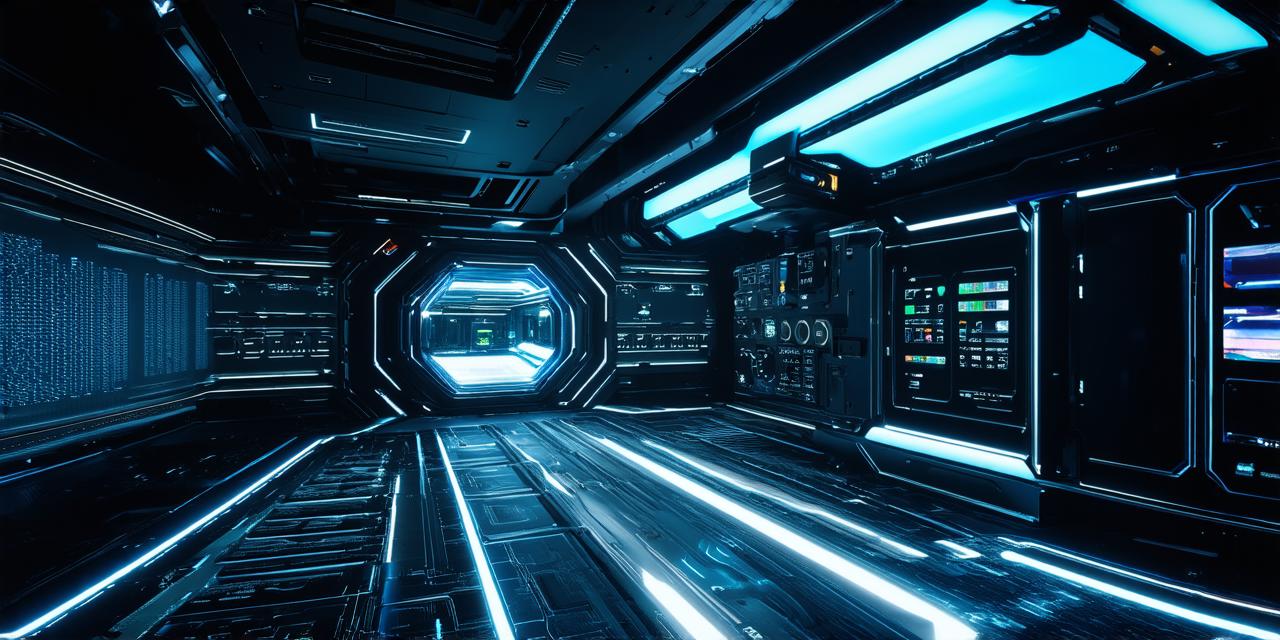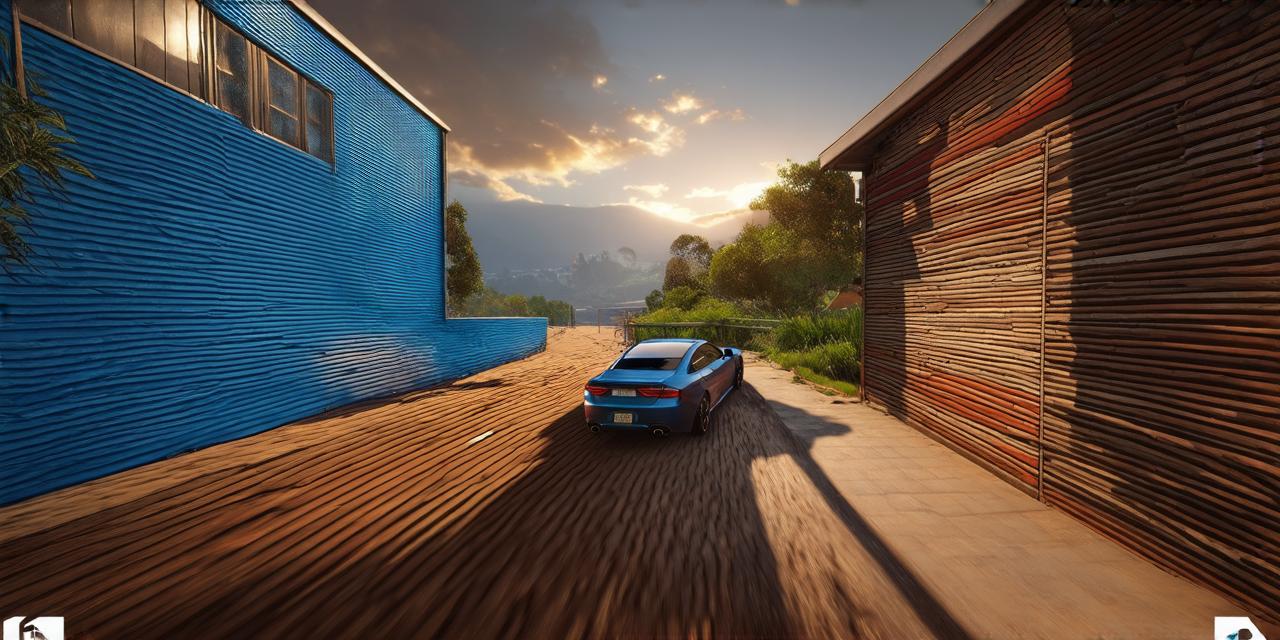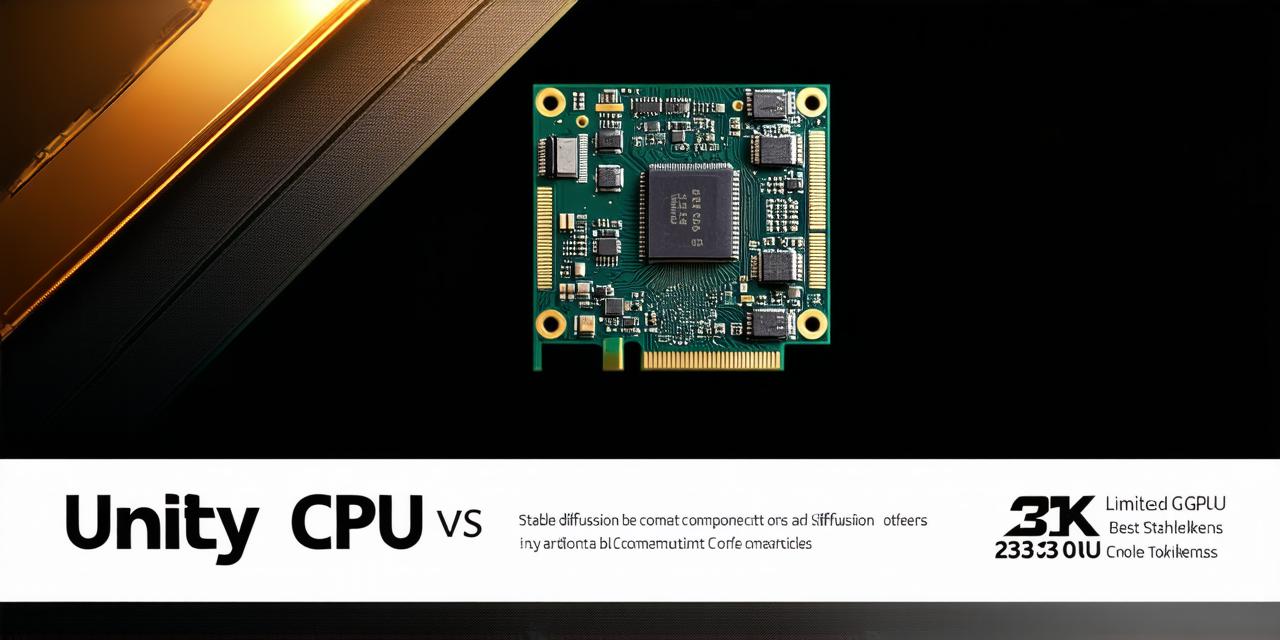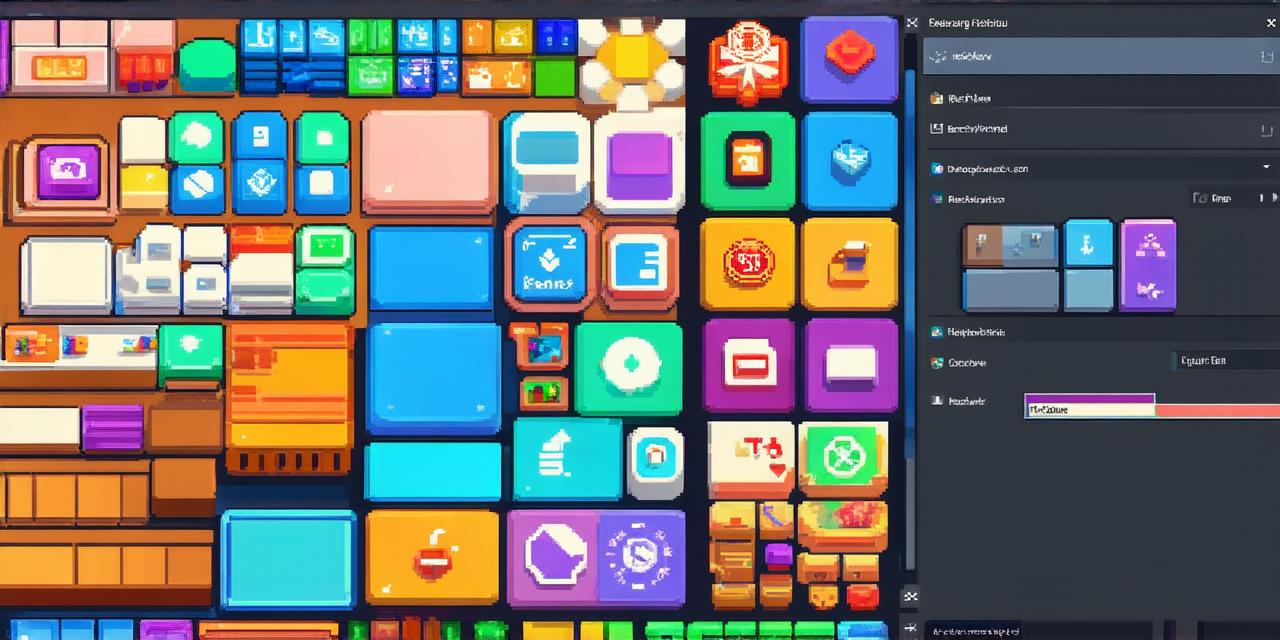Virtual Reality (VR) technology has revolutionized the way we interact with digital content, allowing us to experience immersive environments that were previously impossible.
Setting Up Your Development Environment
Before you start creating your VR experience, you need to set up your development environment. This includes installing the latest version of Unity and making sure that you have a compatible VR headset, such as the Oculus Rift or HTC Vive. Once you have these prerequisites installed, you can open Unity and start creating your project.
Creating Your Scene
To create your VR scene in Unity, you need to first import any 3D assets that you want to use in your environment. This could include models of objects, characters, or environments. Once you have imported these assets, you can start placing them in your scene and adjusting their position, rotation, and scale to create the desired effect.
Adding VR Components
To turn your scene into a VR experience, you need to add VR components to your objects. These components will allow you to track the movement of the player’s head and adjust the perspective of the scene accordingly. Some examples of VR components include VR cameras, VR controllers, and VR triggers.
Configuring Your VR Settings
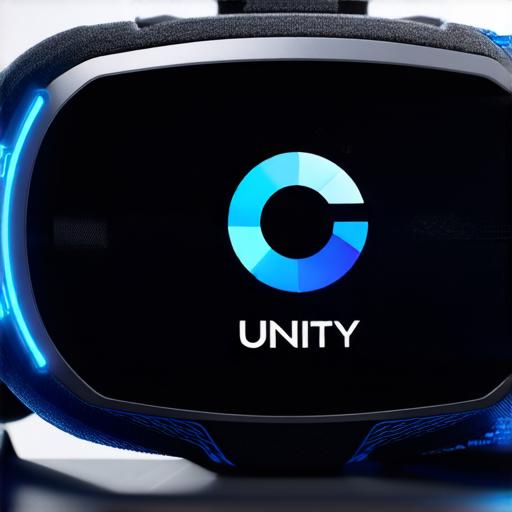
Once you have added the necessary VR components to your scene, you need to configure your VR settings. This includes adjusting the resolution of the VR display, setting the field of view, and configuring the audio settings. You can also use Unity’s built-in tools to test your VR experience and make any necessary adjustments before publishing it.
Publishing Your VR Experience
When you are ready to share your VR experience with others, you need to publish it to a compatible platform, such as the Oculus Store or Steam. This will allow users to download and install your experience on their own VR headset. You can also export your VR experience in a format that can be viewed on non-VR devices, such as a computer or mobile device.
Conclusion
Using VR in Unity is a powerful tool that allows you to create immersive experiences that were previously impossible. While there is a learning curve involved in setting up your development environment and configuring your VR settings, the end result can be a highly engaging and interactive experience for users. With the right tools and knowledge, creating VR experiences in Unity is definitely simple and accessible to anyone with an interest in this exciting technology.
